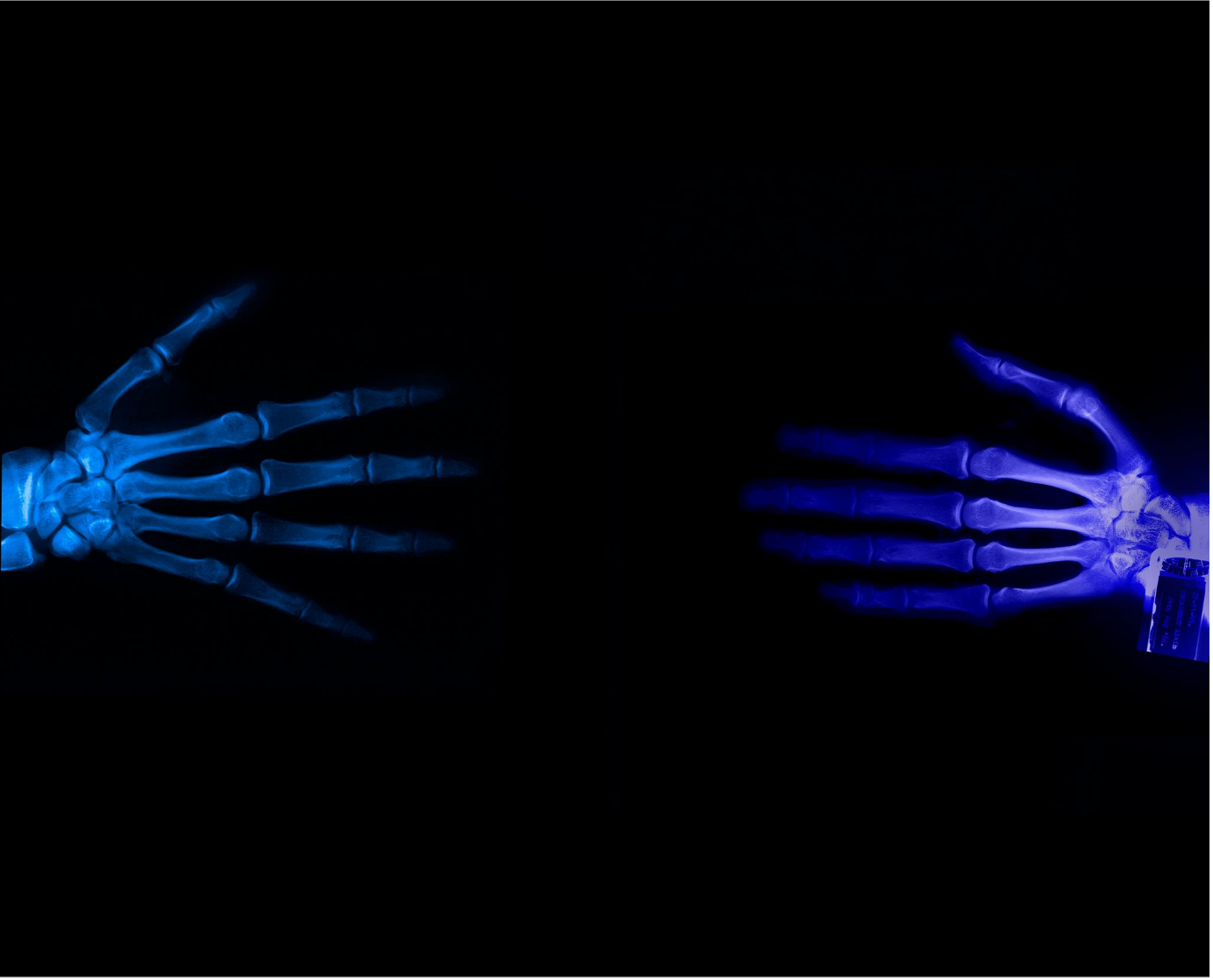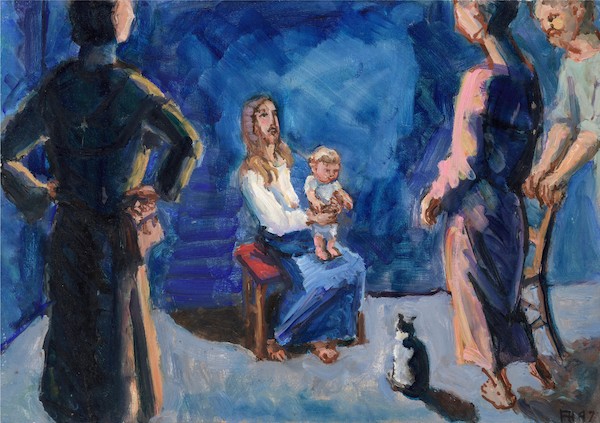Complete control of mass, material and space
Sometimes we say of a painting that ‘it doesn’t rise above the paint’, whereby we mean that the artist was unable to make us see past the medium itself – instead of seeing trees, grass and so on, we see only green and brown paint. The same kind of thing could be said about some sculptures. But the remarkable thing about the sculpture of Henry Moore is that in his work the material not only holds its value but is emphasized. The weight and the mass, the structure of the stone or wood or whatever, receive their own expressiveness and significance. That is an important facet of Henry Moore’s search for a new kind of sculpture – one that is really sculpture and not a semblance of reality. The image must remain an image, not becoming, as it were, the subject itself – which is what has sometimes threatened to be the case in the previous era. Initially Moore drew his inspiration mainly from early Mexican sculpture, which is also heavy and imposing but nevertheless has an expressiveness that makes all the later European art look sickly and frail.
After having in a similar way reinvested his material with its own natural weight, and after having giving his work a dynamically expressivepower, he sets out to discover the possibilities for pure sculpture. The expression of an actual subject was largely lost, but the sculpture now ‘people’ and we get beings with heads that look like car parts or little stumps; because we see them that way (for, after all, it is impossible for one to detach oneself from the subject), they do not satisfy in the long run. Then we would prefer the completely unrecognizable pieces, for there our associations do not hinder us; or we would prefer the work in which the structure of the person as such is not affected but is rendered and represented (not imitated or copied) in a truly sculptural way. In summary, it is very difficult to evaluate Moore’s work in its entirety: sometimes it is acceptable, sometimes not; sometimes it is enjoyable and sometimes not; but we are always convinced of the great talent of this sculptor.
Published in Dutch in Trouw, 20 June 1953.
Published in English in M. Hengelaar-Rookmaaker (ed.): H.R. Rookmaaker:
The Complete Works 5, Piquant – Carlisle, 2003.
%20(1).png)












